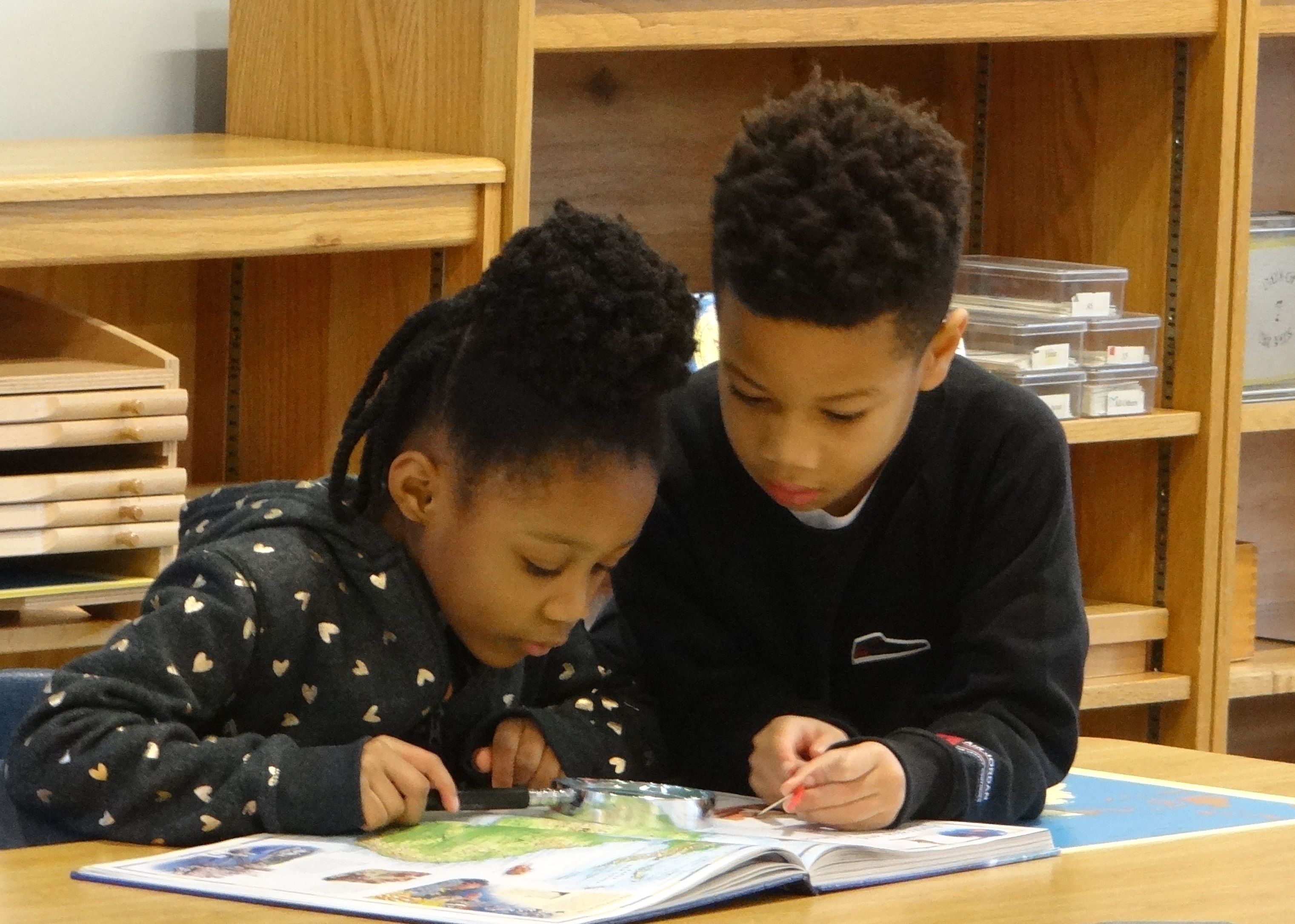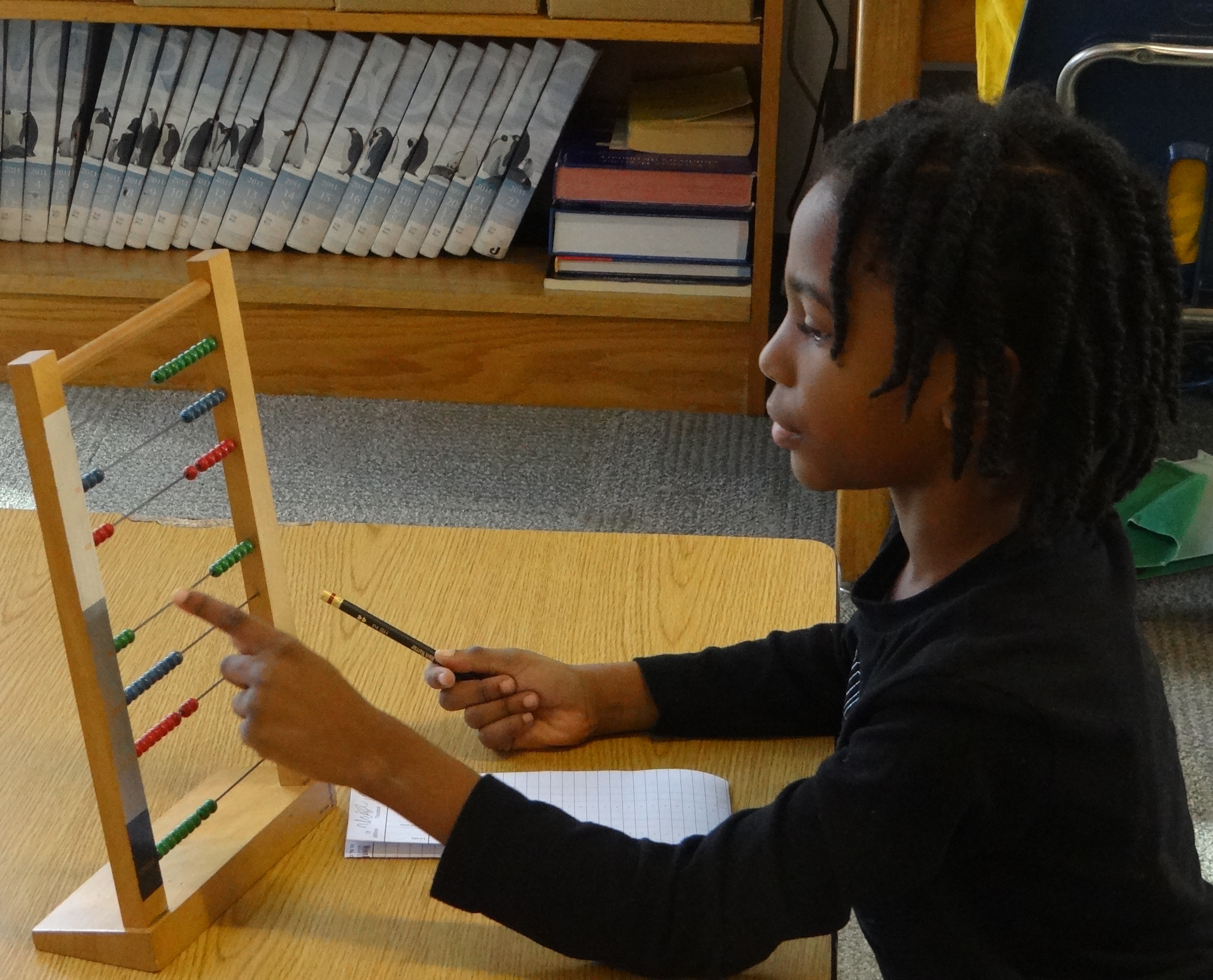Learning
The Springmont Difference
Engaged learning occurs daily at Springmont. We offer an environment where lessons are experienced, not just taught. Springmont has a long history of providing an educational experience crafted to each stage of a child's development. Our curriculum is as individualized as development itself. This is everything you want for your child's education, and no school does it like Springmont.
An individualized pace and freedom of choice are balanced with responsibility, allowing children to repeat and perfect concepts and move on to new ones, without being isolated from their peers. Multi-age classrooms allow children to learn from and to mentor other students, an essential principle of Montessori education. Teachers act as “guides,” linking together all areas of study and directing students’ focus toward learning necessary skills.
Springmont's after-school, extra-curricular programs for Elementary and Middle School students provide a wide variety of Enrichment opportunities, such as karate, chess and art classes. Intramural sports and Running Club are also offered as after-school options.
Outdoor learning experiences are integral to the curriculum. In addition to the hands-on, outdoor experiences available through our classroom gardens and wooded campus, Springmont's has an 86-acre Landschool, located in Summerville, Georgia, just 80 miles from the Sandy Springs campus. Experiences at the Landschool vary from survival lessons with a naturalist to mapping and topography study.
What is Montessori?
 The Montessori method is a child-centered approach to education based on the scientific observations of children done by Dr. Maria Montessori, the first female physician in Italy, in the early 20th century. Dr. Montessori ignored preconceived notions of what a school should look like and instead used her training as a scientist and doctor to carefully observe children and design classrooms and materials based on these observations. In use for over 100 years, the Montessori method views children as naturally eager for knowledge and capable of initiating their own learning in a supportive, thoughtfully prepared learning environment. Within this carefully designed space and with teachers as guides, children develop to their greatest potential - physically, socially, emotionally, academically and cognitively.
The Montessori method is a child-centered approach to education based on the scientific observations of children done by Dr. Maria Montessori, the first female physician in Italy, in the early 20th century. Dr. Montessori ignored preconceived notions of what a school should look like and instead used her training as a scientist and doctor to carefully observe children and design classrooms and materials based on these observations. In use for over 100 years, the Montessori method views children as naturally eager for knowledge and capable of initiating their own learning in a supportive, thoughtfully prepared learning environment. Within this carefully designed space and with teachers as guides, children develop to their greatest potential - physically, socially, emotionally, academically and cognitively.
 Montessori students learn concepts by discovery while working with specially designed materials, rather than only from direct instruction and memorization. The educational materials developed by Montessori are often made out of natural, aesthetically-pleasing materials such as wood, rather than plastic, and are designed to lead children from concrete manipulation to abstract understanding. Rather than memorizing math facts, children begin by counting and adding using beautiful sets of color-coded beads. They use a set of wooden letters known as the movable alphabet to learn to read and write. Maria Montessori observed that children need to move and learn through experiences, rather than through sitting and listening to a teacher.
Montessori students learn concepts by discovery while working with specially designed materials, rather than only from direct instruction and memorization. The educational materials developed by Montessori are often made out of natural, aesthetically-pleasing materials such as wood, rather than plastic, and are designed to lead children from concrete manipulation to abstract understanding. Rather than memorizing math facts, children begin by counting and adding using beautiful sets of color-coded beads. They use a set of wooden letters known as the movable alphabet to learn to read and write. Maria Montessori observed that children need to move and learn through experiences, rather than through sitting and listening to a teacher.